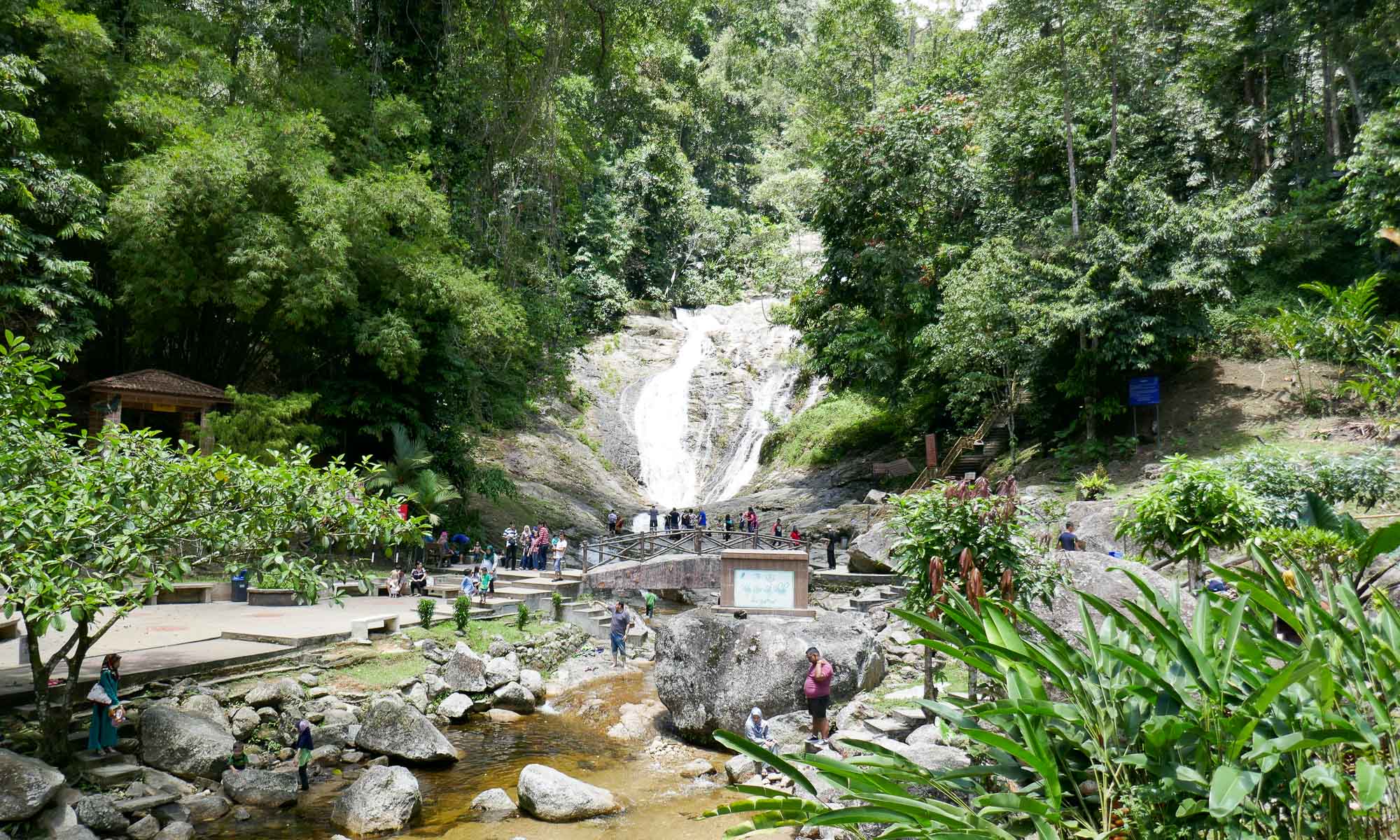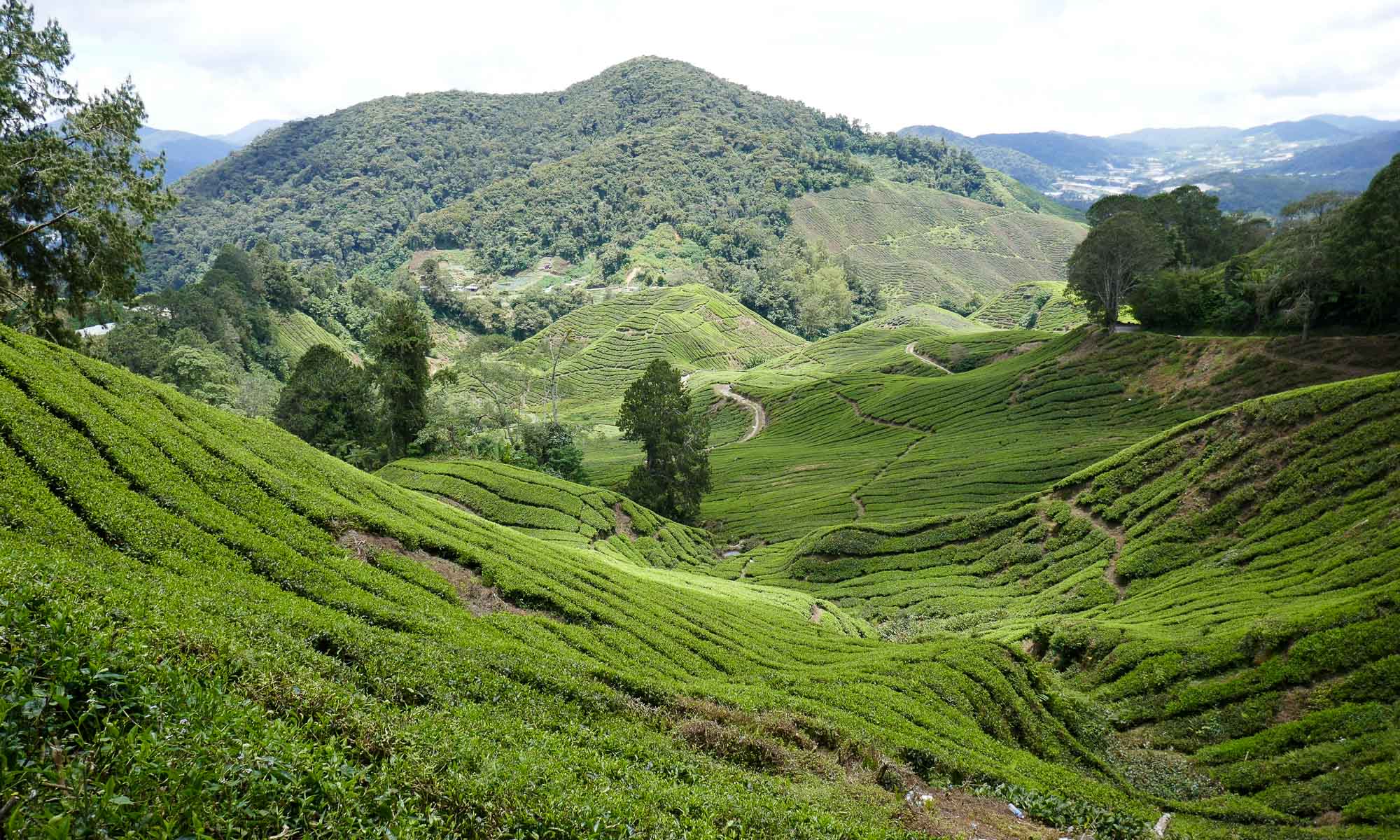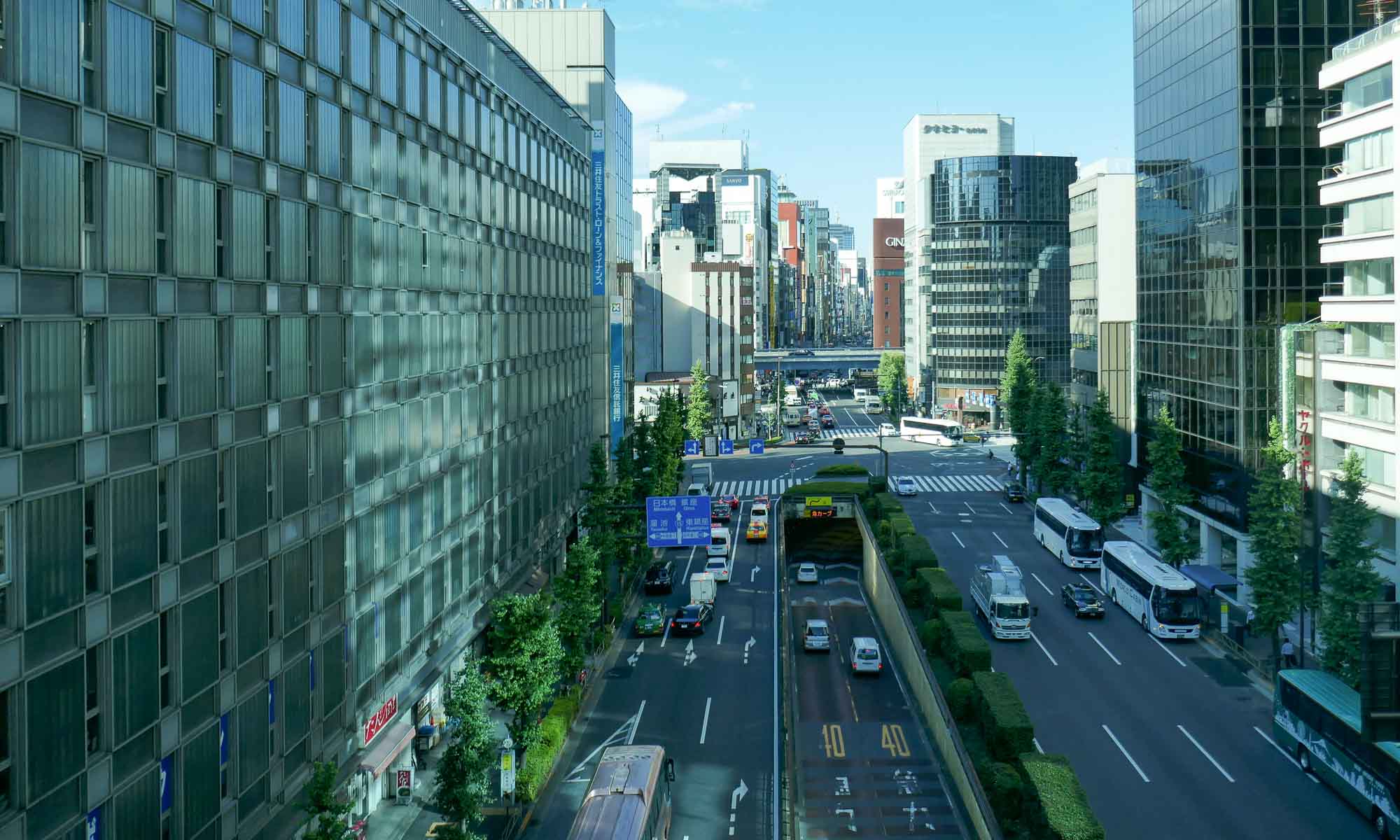Cameron Highlands, Malaysia’s most extensive hill station, was surveyed by Sir William Cameron in 1885. At over 1,100m above sea level the average temperature is about 18°C. During the colonial period, due to its cooler climate it was used as a retreat to get away from the heat and today it is the area of choice for Malaysians for that same reason. The area is well known for its tea plantations, mossy forest, strawberry, cactus and bee farms.
In 1967, the area was in the news due to the mysterious disappearance of Jim Thompson, an American who made the Thai silk industry famous. Thompson was on holiday in Cameron Highlands and disappeared after taking an afternoon hike. Hundreds of people joined the search party but no trace of him has ever been found, though there are a few theories. During our trip to Bangkok, we will visit his house which has been turned into a museum.


Cameron Highlands highlights
Driving into Cameron Highlands through the winding roads, as our Perodua Myvi (PM) struggled to manage the steep climb, we marveled at the view of lush green rolling hills, which was very different from what we had grown used to seeing in Malaysia. With only one full day to explore the area we were limited with what we could see, though having a car provided us with the opportunity to maximize our time.
Lata Iskandar
We had been told about Lata Iskandar (a waterfall) from a friend in Kuala Lumpur, and as such chose our route (Road 59) into Cameron Highlands, purposefully so we could drive past it. The waterfall is close to the road and cascades over several granite slopes into a pool at the bottom. Many market-like shops can be found along the road leading up to it and after it and there are no designated parking areas. This thus leads to a tremendous amount of traffic as people try to park on the curb, while others attempt to drive past, with the odd pedestrian strolling across the road.

Tea Plantations
Being the largest tea growing region in Malaysia, there are several tea plantations located in Cameron Highlands. We were able to visit two of them. Our first port of call was the Cameron Bharat plantations. This plantation, the second largest tea producer in Malaysia, is located at the side of the main road leading into Tanah Rata and thus more accessible than others. There are paths leading down into the plantation with signs instructing visitors not to tear off leaves of the plants, which few adhere to. In the tea shop there is a presentation about the history of the plantation and visitors can relax with a cup of tea enjoying the views.


Next we stopped at the Boh Tea plantations. The Boh Tea plantations were established in the 1920s and claim to be the largest tea plantations in South East Asia, with over 8,000 acres. They are located close to Gunung Brinchang and the drive to it is not for the faint hearted. The visitors center explains the history of the plantation, as well as the process of tea making. A free factory tour is provided and though signs state that a guide is needed, we did not see one and just followed the other visitors into the factory. Close to the visitors center is a shop and restaurant.
Gunung Brinchang and Mossy Forest
Cameron Highlands is known for its beautiful scenery and there are several trails to follow if you like hiking. Most hotels do not have detailed trail maps, and we received a tiny photocopied map when we requested one from our hotel. The most popular trail is Path 1, which leads from Brinchang up to Gunung (Malay for mountain) Brinchang and to the entrance of the Mossy Forest. The trail can be extended by hiking to the highest mountain of Cameron Highlands (Path 12): Gunung Irau, at 2110 meters high.
Gunung Brinchang is the second highest in the Highlands (2000 meters). We had wanted to hike up it, but due to the heavy rain the night before, and my fractured wrist we decided to drive up to the peak. The road is narrow and winding, and in pretty bad condition. While a 4WD would have been preferred, our small PM managed to make it. We went up around 10:30 am, and were fortunate that the traffic was light, since in several areas only one car could pass. Though at one point, we did have to reverse to a lay-by to enable a car to pass. The entrance to the Mossy Forest is at the rear of the parking lot. To reach the top of Gunung Brinchang, from the entrance of the Mossy Forest follow the road for another 2 km. At the end are telecom towers and just before that a watchtower, to be climbed for another beautiful view over the Highlands.
The mossy forest grows only at the highest elevations in Malaysia, where the moist climate at these heights gives the forest its unique environmental conditions. To prevent damage, the forest can only be visited on a boardwalk, which stretches for about 150m.




Sleeping in Cameron Highlands
Though we prefer smaller boutique hotels, we ended up at the more affordable Heritage hotel, which happens to be one of the largest hotels in the area. While the room and facilities were acceptable, they were certainly out-dated. Breakfast was a mix of Western and Asian options, and despite the large crowd the staff were attentive to ensure all dishes were replenished. The hotel caters for families with children, and has a playroom as well as some computer vending games.
Getting to Cameron Highlands
There are two roads leading into Cameron Highlands from Ipoh. The first and most popular is the route via Tapah, highway 59. This was the route we took and passes by Lata Iskandar. The total journey took us less then 2 hours. The other route is via highway 185 (or A181) and the northern part of highway 59. Though following the Tapah route seemed a bit like a detour, we found out that this was faster since the other route was more prone to traffic jams, especially near Brinchang.

Getting around Cameron Highlands
The main towns in the Cameron Highlands are Tanah Rata, Brinchang and Ringlet. While there are buses and taxis that are easily available, we found that having a car proved to be the most convenient way to get around.



